Sailing away
A visit to an iconic place
A trip away last weekend, to what is arguably one of the most iconic sites in British, or at least Anglo-Saxon, archaeology. It’s been famous since the 1930s, there have been TV series made about it, and it has shaped the way we see Anglo-Saxon Britain ever since. The site I’m talking about is: Sutton Hoo.
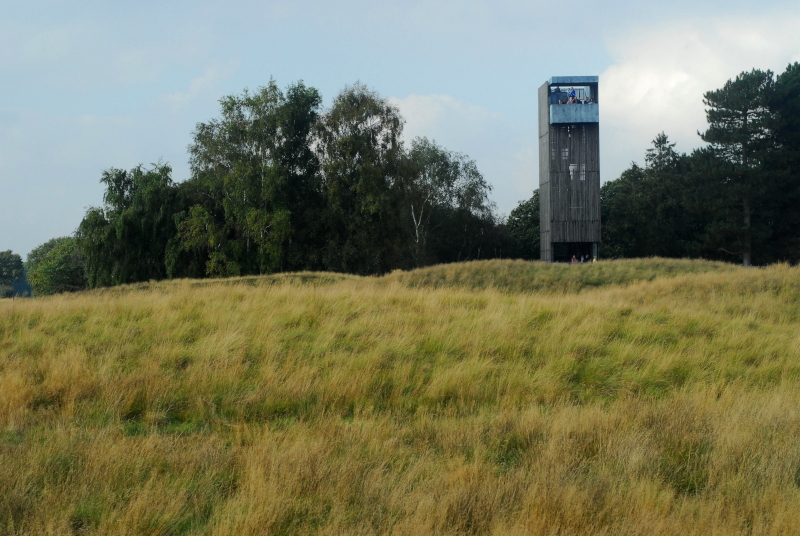
Given that Sutton Hoo is only a few miles outside Ipswich, I met up with regular correspondant Sarah from Ipswich and her husband and dog. Sarah is almost as fascinated by archaeology as I am, which is probably a good thing because at first sight there isn’t much to see at Sutton Hoo itself. The “royal burial ground”, the field where all the famous archaeology was found, is a particularly lumpy and humpy fallow field, covered in long grass with a scattering of gorse and broom bushes, and with a stark, narrow viewing tower watching over it. The famous ship burial, Mound 1, is marked by steel rods where the prow and stern of the ship originally were.
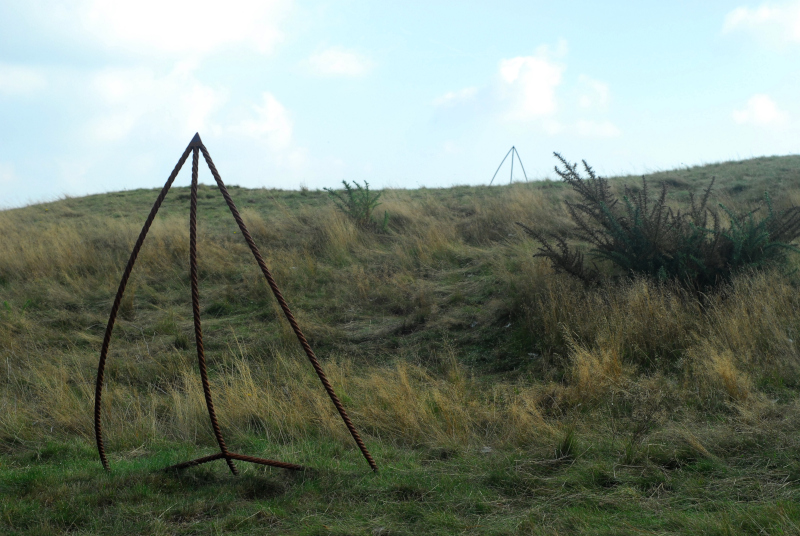
If you’re interested in history, there’s always an awful lot to be gained from visiting a site in person, not just reading about it. Archaeological literature, particularly the older sort, tends to focus very much on the confines of sites themselves without considering their wider perspective in the landscape. I hadn’t realised, for example, just how high up the burial site is above the river. When you think of a ship burial, you tend to assume it would be close to a riverbank. Sutton Hoo does overlook a river, but it’s quite a long way from it: about half a mile away and, more importantly, about a hundred feet up. In modern times a wood has grown up, but when it was built the burial mounds would have been a commanding sight from a ship on the river. One of the mounds has been reconstructed to roughly its original height, to give visitors some idea of how it might have looked within a decade or two of construction.
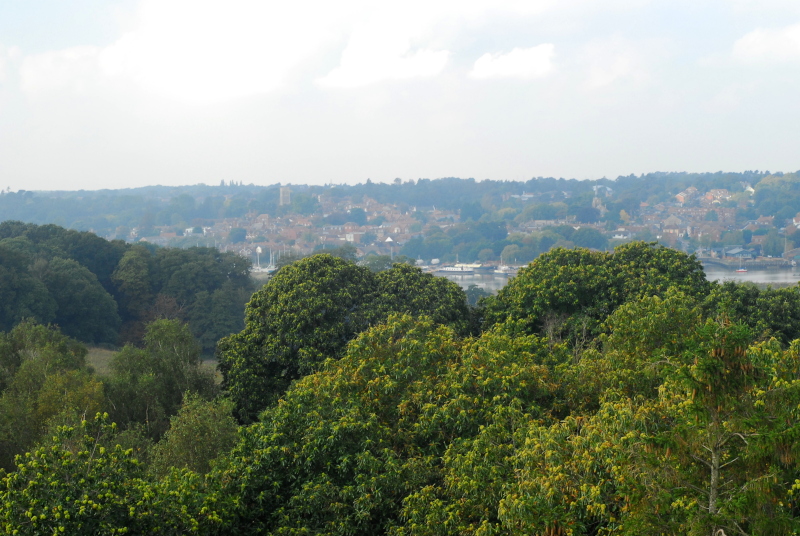
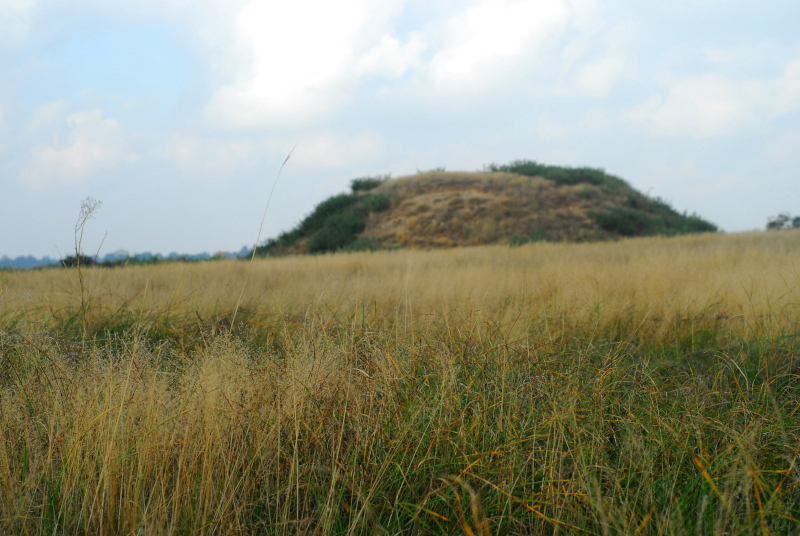
In the nearby National Trust museum, they are unequivocal that the king buried in the ship burial was Raedwald of East Anglia. This is something we will never know for certain, whatever techniques of analysis we manage to develop in the future. The chances are it was likely Raedwald, or his son Eorpwald, or with an outside chance his other son Sigebehrt. We’ll never really know, but we do know that, whoever it was, he was left-handed.
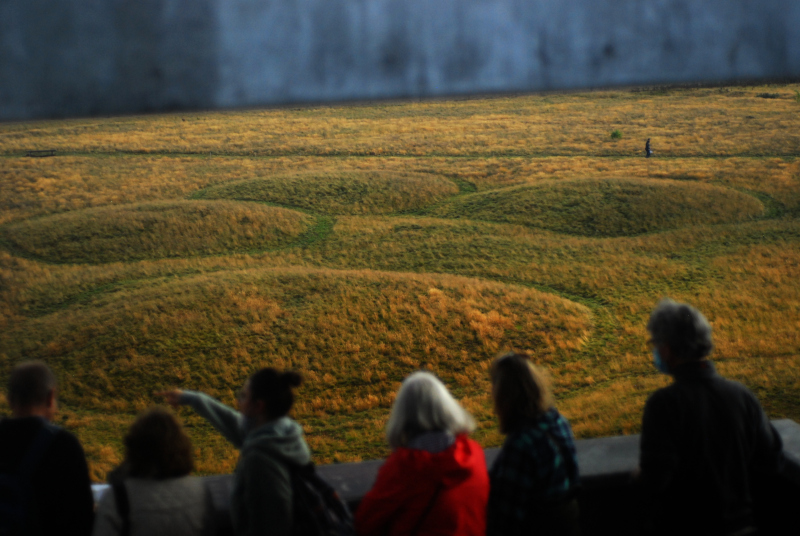
The new viewing tower, built from galvanised steel, gives an excellent bird’s eye view of the site. I couldn’t resist spending a few minutes taking photos of the scene so I could stitch it together into a panorama-collage, to give you some idea of what the whole place looks like. The view a seagull would have got, maybe, the day that Raedwald-or-whoever was interred in his warship under a great mound of bare earth.

No person would have seen it that way at the time, of course; very few until this year, in fact. And now we can.
Do we get a better idea of Sutton Hoo by visiting these mounds, instead of going to London and seeing the artefacts in the British Museum? I think we do. This was an important place, one which has to some degree survived when many other similar important places have been lost to us forever. It might have changed significantly in the last 1,500 years, but nevertheless, you can’t understand the site, you can’t feel its relationship with the sea, with the river, with the surrounding landscape, unless you have actually been there and seen it. It might be a field of grassy lumps, but it is definitely worth the trip.

 Home
Home